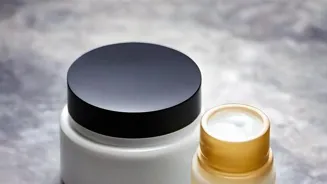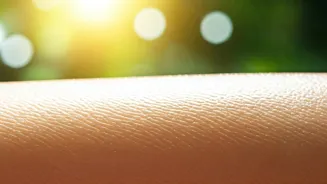Discover the secrets to glowing skin! Dive into our step-by-step guide for a fab skincare routine. Your skin will thank you!
Hey there, lovely people! Ever looked in the mirror and wished for that "lit-from-within"
glow? Well, guess what? Achieving healthy, radiant skin isn't just about good genes. It's about building a consistent and effective skincare routine.
And don't worry, we're here to break it down for you, step-by-step, in a way that's simple, easy to understand, and totally doable, even with our crazy Indian schedules! So, grab your notepad, and let's get started on the path to your best skin ever!
Step 1: Know Thy Skin Type – The Foundation of Everything!
Before you dive headfirst into buying every fancy cream and serum you see advertised, it's crucial to understand your skin type. Think of it as the foundation upon which you'll build your entire skincare routine.
Using products that aren't suited for your skin can lead to irritation, breakouts, and a whole lot of frustration. Generally, there are five main skin types:
Normal Skin
This is the blessed one! It's usually well-balanced, with minimal issues like dryness or oiliness. Pores are small, and the skin feels smooth and supple.
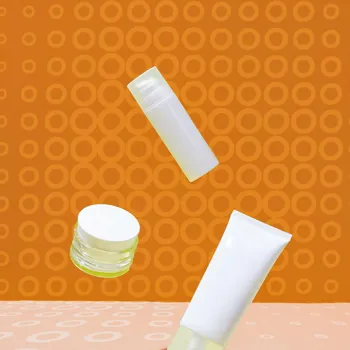
Dry Skin
This type lacks moisture and often feels tight, itchy, or flaky. It can look dull and is prone to fine lines.
Oily Skin
Oily skin produces excess sebum, leading to a greasy appearance and enlarged pores. It's also more prone to blackheads, whiteheads, and acne.
Combination Skin
This is a mix of both oily and dry areas, usually with an oily T-zone (forehead, nose, and chin) and dry cheeks.
Sensitive Skin
Sensitive skin is easily irritated by products, fragrances, or environmental factors. It's prone to redness, itching, and burning.
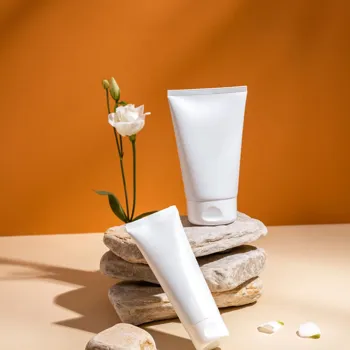
So, how do you figure out your skin type? A simple way is to wash your face with a gentle cleanser and pat it dry. After about an hour, observe how your skin feels. If it feels tight and dry, you likely have dry skin. If it's shiny all over, you probably have oily skin. If only your T-zone is oily, you have combination skin. And if your skin feels comfortable and balanced, you likely have normal skin. If your skin reacts easily to new products, you might have sensitive skin. Consider consulting a dermatologist for a professional assessment if you're unsure. Understanding your skin type is the key to unlocking a skincare routine that truly works for you!
Step 2: Cleanse, Cleanse, Cleanse! – Get Rid of the Day's Grime
Cleansing is the cornerstone of any good skincare routine. It's all about removing dirt, oil, makeup, and pollutants that accumulate on your skin throughout the day.
Think of it as washing away the day's worries and giving your skin a fresh start. But remember, not all cleansers are created equal!
Choose the Right Cleanser
For dry skin, opt for a gentle, hydrating cleanser that won't strip away your natural oils. Look for ingredients like hyaluronic acid or ceramides. Oily skin benefits from a foaming cleanser that can effectively remove excess sebum.
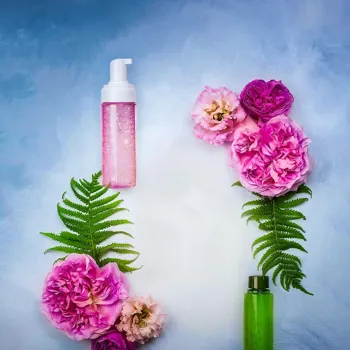
Those with sensitive skin should choose a fragrance-free, hypoallergenic cleanser.
The Double Cleanse (Especially for Makeup Wearers!)
If you wear makeup, consider double cleansing. This involves first using an oil-based cleanser or micellar water to remove makeup and sunscreen, followed by a water-based cleanser to remove any remaining residue.
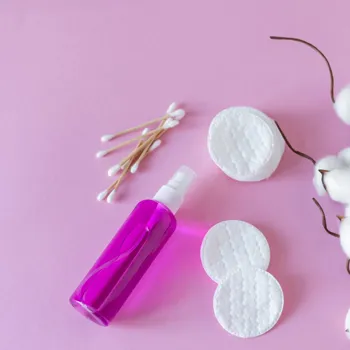
How to Cleanse
Wet your face with lukewarm water (hot water can be drying). Apply a small amount of cleanser to your fingertips and massage it gently onto your face in circular motions for about 30-60 seconds. Rinse thoroughly with lukewarm water and pat your face dry with a soft towel.
Avoid rubbing, as this can irritate the skin. Cleanse twice a day, morning and night, for best results!
Exfoliating
Use a gentle exfoliation once per week to remove death cells.
Cleansing is important to maintain healthy skin by removing dirt and oil from the skin. Cleansing also provides radiant and beautiful skin.
Step 3: Tone It Up! – Balancing Act for Your Skin
Toning is often an overlooked step in skincare routines, but it can actually be quite beneficial, especially for certain skin types.
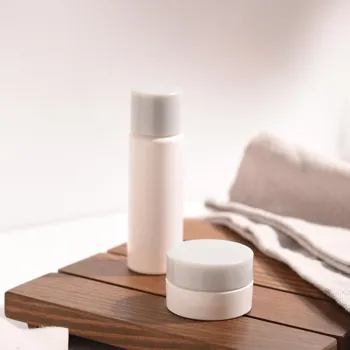
Think of toner as a bridge between cleansing and moisturizing, helping to balance your skin's pH level and prepare it for the next steps in your routine.
Toner removes dirt, tightens pores, balances pH, hydrates skin
What Does Toner Do? Toner can help remove any remaining traces of dirt, oil, and makeup that your cleanser might have missed. It can also help to tighten pores, balance the skin's pH level, and provide hydration.
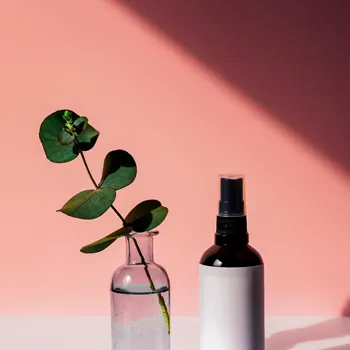
Choosing the Right Toner
Toners have evolved over the years. Nowadays, many toners are formulated with hydrating and soothing ingredients like rosewater, aloe vera, or hyaluronic acid. Avoid toners that contain high amounts of alcohol, as these can be drying and irritating.
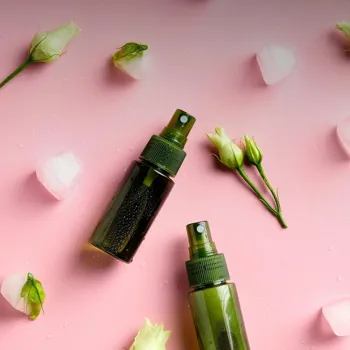
How to Tone
After cleansing, apply a small amount of toner to a cotton pad and gently swipe it across your face and neck, avoiding the eye area. You can also spray the toner directly onto your face if you prefer. Allow the toner to dry completely before moving on to the next step.
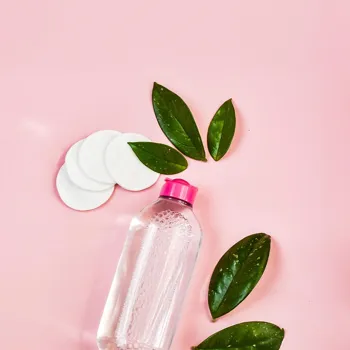
Toner: Essential for oily skin, optional for dry skin
Is Toner Necessary? Not everyone needs a toner. If you have dry or sensitive skin, you might find that toner is too drying. However, if you have oily or combination skin, a toner can be a helpful addition to your routine.
Tone is necessary to maintain healthy skin by balancing PH levels. Toner also removes dirt and makeup that is remained.
Step 4: Serum Power! – Target Those Specific Concerns
Serums are like the superheroes of the skincare world! These potent formulas are packed with concentrated ingredients designed to target specific skin concerns like fine lines, wrinkles, dark spots, acne, or dryness.
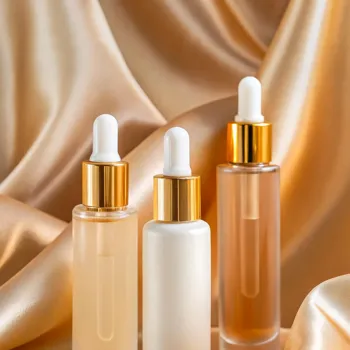
They're lightweight and easily absorbed, making them a great addition to any skincare routine.
For Anti-Aging
Look for serums containing Vitamin C, retinol, or peptides.
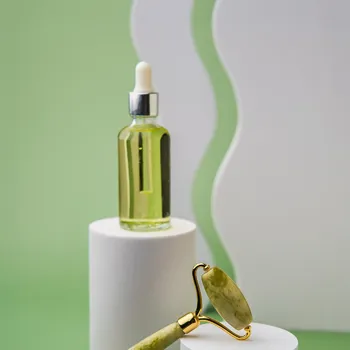
For Dark Spots
Look for serums containing Vitamin C, niacinamide, or alpha arbutin.
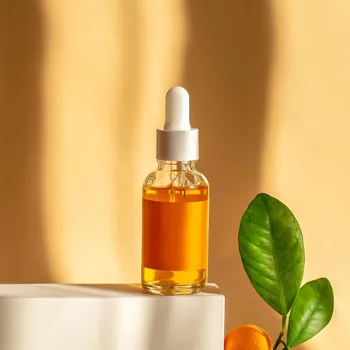
How to Use Serum
After cleansing and toning, apply a few drops of serum to your fingertips and gently massage it onto your face and neck. Allow the serum to absorb completely before moving on to the next step. Less is more with serums – a few drops is usually enough to cover your entire face.
Layering Serums
If you use multiple serums, apply them in order of consistency, starting with the thinnest and ending with the thickest. Avoid mixing certain ingredients, such as Vitamin C and retinol, as they can neutralize each other.
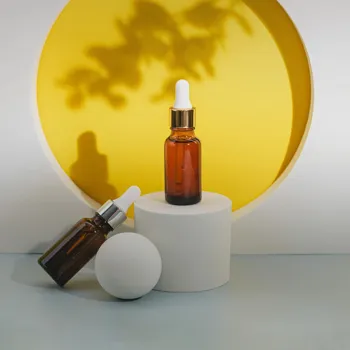
Serum is packed with concentrated ingredients targetting the skin concerns. Serum helps to reduce dark spots and acne.
Step 5: Moisturize, Moisturize, Moisturize! – Lock in That Goodness
Moisturizing is essential for all skin types, even oily skin! It helps to hydrate and protect your skin barrier, keeping it healthy and supple.
A good moisturizer will lock in the hydration from your serum and create a protective layer against environmental aggressors.
Dry Skin
Look for rich, creamy moisturizers containing ingredients like shea butter, ceramides, or hyaluronic acid.
Oily Skin
Opt for a lightweight, oil-free, and non-comedogenic moisturizer (meaning it won't clog pores). Gel-based moisturizers are a good option.
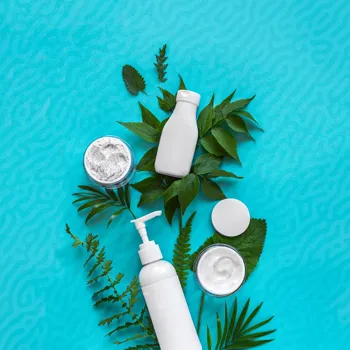
Combination Skin
Choose a moisturizer that's hydrating but not too heavy. You might need to use a different moisturizer on your oily T-zone than on your dry cheeks.
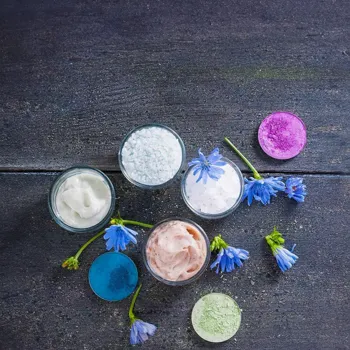
Sensitive Skin
Look for fragrance-free, hypoallergenic moisturizers with soothing ingredients like aloe vera or chamomile.
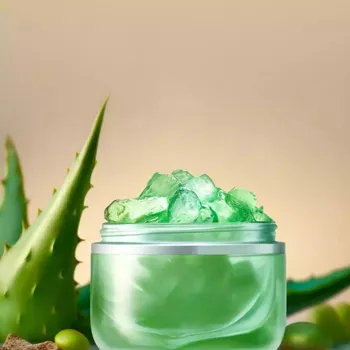
How to Moisturize
After applying your serum, apply a generous amount of moisturizer to your face and neck. Gently massage it in until it's fully absorbed. Moisturize twice a day, morning and night, for optimal hydration.
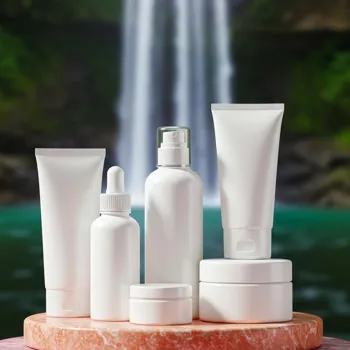
Night Creams
Consider using a richer, more nourishing moisturizer at night. Night creams are often formulated with ingredients that help to repair and rejuvenate your skin while you sleep.
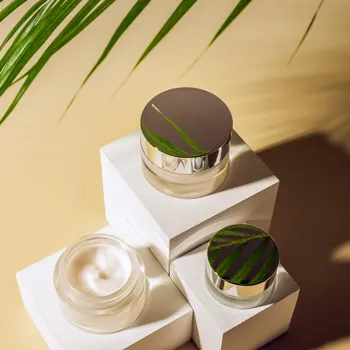
Moisturizing keeps skin healthy. Moisturizer protects the skin from dirt and the environment.
Step 6: Sunscreen – Your Daily Shield Against Damage
If there's one non-negotiable step in your skincare routine, it's sunscreen! No matter your skin type or the weather, sunscreen is essential for protecting your skin from the harmful effects of the sun's ultraviolet (UV) rays.

Sun exposure is the number one cause of premature aging, wrinkles, and skin cancer.
Choose a Broad-Spectrum Sunscreen
Broad-spectrum sunscreen protects against both UVA and UVB rays.
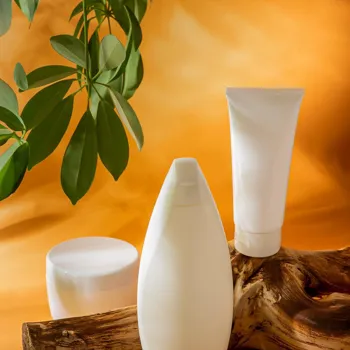
Apply Generously
Apply sunscreen liberally to all exposed skin, including your face, neck, ears, and hands. Don't forget about those often-overlooked areas!

Reapply Every Two Hours
Reapply sunscreen every two hours, especially if you're swimming or sweating.

Even on Cloudy Days
UV rays can penetrate clouds, so it's important to wear sunscreen even on cloudy days.
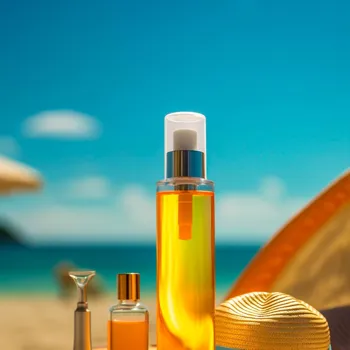
Sunscreen is the step in skincare routine that offers high protection to the skin. UV rays are bad for the skin and cause wrinkles, so applying sunscreen can offer high protection .
Consistency is Key: Patience, Young Padawan!
Building an effective skincare routine is a journey, not a sprint. Don't expect to see results overnight. It takes time and consistency to see a real difference in your skin. Stick with your routine for at least a few weeks before making any changes.

And remember, everyone's skin is different. What works for your friend might not work for you. Experiment and find what works best for your individual needs. And most importantly, be patient and kind to your skin. It's the only one you've got!
If you are facing very serious issues, consider visiting your dermatologist.
AI Generated Content. Glance/InMobi shall have no liability for the content